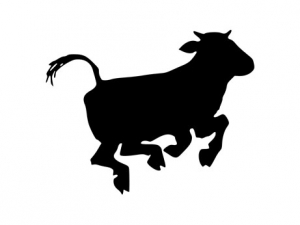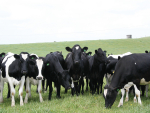Scientists at Massey University have confirmed what farmers have known for years: cows do not like to walk uphill.
Their research, funded by Beef + Lamb NZ, investigates more sustainable farming practices for managing beef cows on hill country and around waterways.
Angus, Angus cross-Friesian and Angus cross-Jersey cows were monitored over two consecutive winters at the university’s Tuapaka farm to get baseline measurements of how the beef cows used the 8-12ha paddocks.
The research found that even in extensive hill country paddocks cows avoided walking uphill. Of the 3km they walked each day, less than 300m was uphill. Instead the cows followed the contours of the hills and concentrated their grazing on the flatter areas. The cows’ movements were largely unaffected by cold, wet weather.
Researchers say this confirms what farmers already know about feed requirements and grazing habits but gives them a baseline measure.











